By Andrea Willingham
One of my favorite things about being a part of the Glacier Lab is getting to contribute to the wildly diverse research conducted among its members. This summer, I put my own research into practice and ventured to southeast Alaska to execute my field work for my Master’s project on Local and Traditional Ecological Knowledge (LEK/TEK) and science related to climate change. It was my first time conducting social science field work, and inevitably turned out to be an incredible learning experience in every way.
I arrived in Cordova, AK on a picture-perfect day in early June, jet-lagged and hauling double my body weight in camera equipment and field gear. Because the Environmental Studies program at UO gives students the option to complete a “terminal project” in place of a Master’s thesis, I chose to produce a documentary film and multimedia map of my research to fulfill my requirements. Partnering with the UO School of Journalism’s Science and Memory Project, I shared housing and resources with the undergraduate groups that spent the summer there as well.
The first couple weeks were by far the most difficult. I had made a few contacts with the Native Village of Eyak (the local tribal group) beforehand, and so I started off by spending some time with the elders at their weekly sewing circle. Never having conducted this sort of field work before, it felt awkward and somewhat uncomfortable at first, as you might imagine. Everyone was incredibly friendly and hospitable, but I struggled inwardly with uncertainties about what I could count as official “observations” and what I should just consider to be networking opportunities. Having taken field methods courses before, I had been warned that this is a common dilemma in the field, but actually experiencing it, I still had no idea how to handle it.
I had read a lot about decolonizing research methods as well, and was nervous about how to get official permissions to work with the Eyak, as a non-native person working with a native community. However, everyone I talked to was quite open and supportive of my research, so over time I felt more at ease.
As the weeks went by, I ended up treating the weekly Elder’s Sewing Circle as a chance to just spend time with the community, meet people, and get to know the various cultures of the participants.
Getting to know the community was just one part of my research project, however. Commercial fishing is the main industry in Cordova, which is what ties all of Cordova’s residents so closely to the natural environment. As such, I also made a point to interview commercial fishermen, oceanographers, biologists, and activists for my project.
In order to immerse myself in the scientific knowledge side of my research, I spent 5 days in the backcountry on the Copper River with a team of fisheries technicians tagging and counting the Chinook salmon that spawn upriver. The technicians are employed by the Native Village of Eyak to determine the annual Chinook fishing quota for the Copper River, making this a unique example of tribal policy, economics, and natural resource management working together.
Between interviewing scientists and community members, filming for my documentary, transcribing, taking notes, and exploring the beautiful (and quickly melting) glaciers and surroundings of Cordova, my 7 weeks in southeast Alaska passed quickly. By my final week, I was feeling simultaneously like I had collected more than I could ever use, but also that I could get so much more if I just had another month or two to spend out there. By the end of my stay, I was finally starting to hone my interview questions better, I had a better grasp of exactly how to conduct field research, and I was finally meeting people more often who were willing to talk to me. But alas time was no longer on my side, and it was time to return back to Oregon.
Now that I’m back, my job for the next year is to organize all these interviews, photos, and footage I collected and somehow turn it into a cohesive documentary film and interactive multimedia map. What have I gotten myself into? As overwhelming as it seems right now, I’m actually very excited to start putting it all together, and create something beautiful that hopefully contributes to our academic and applied understandings of what these different knowledge systems — TEK/LEK and science — are saying in their own terms, and how they can benefit the world.
I continue to feel deeply grateful to the members of the Cordova community who opened up their homes and lives to me this summer. I am always surprised and touched by how generous the world can be, and I hope that I can create something meaningful and worthwhile in return.
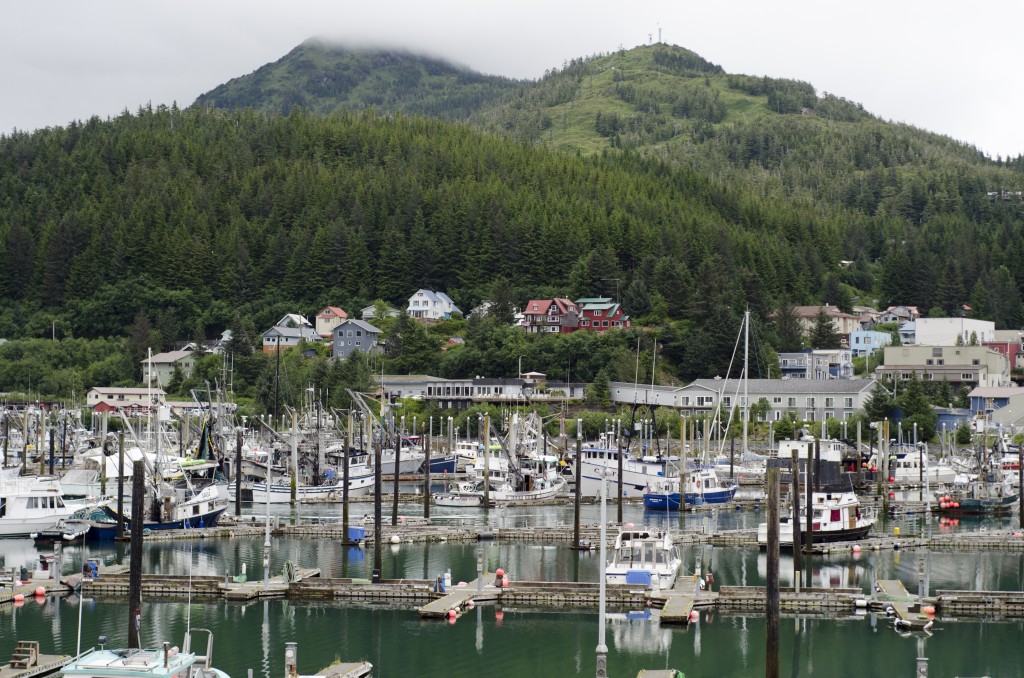
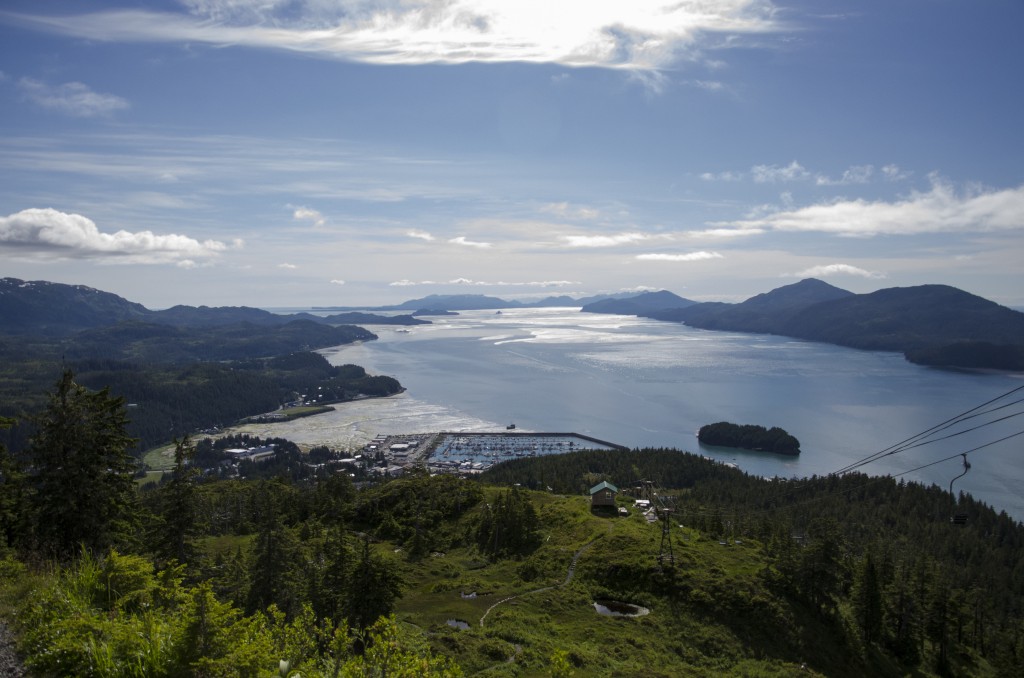
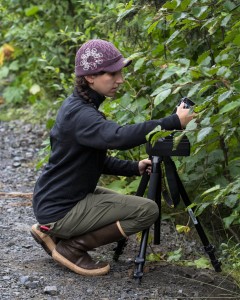
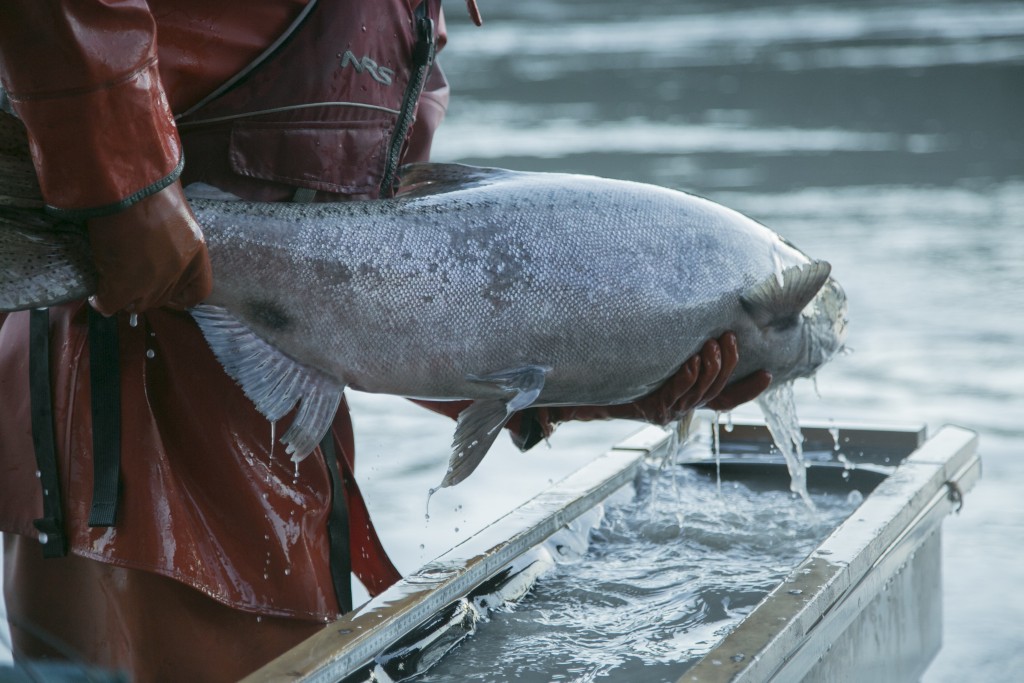
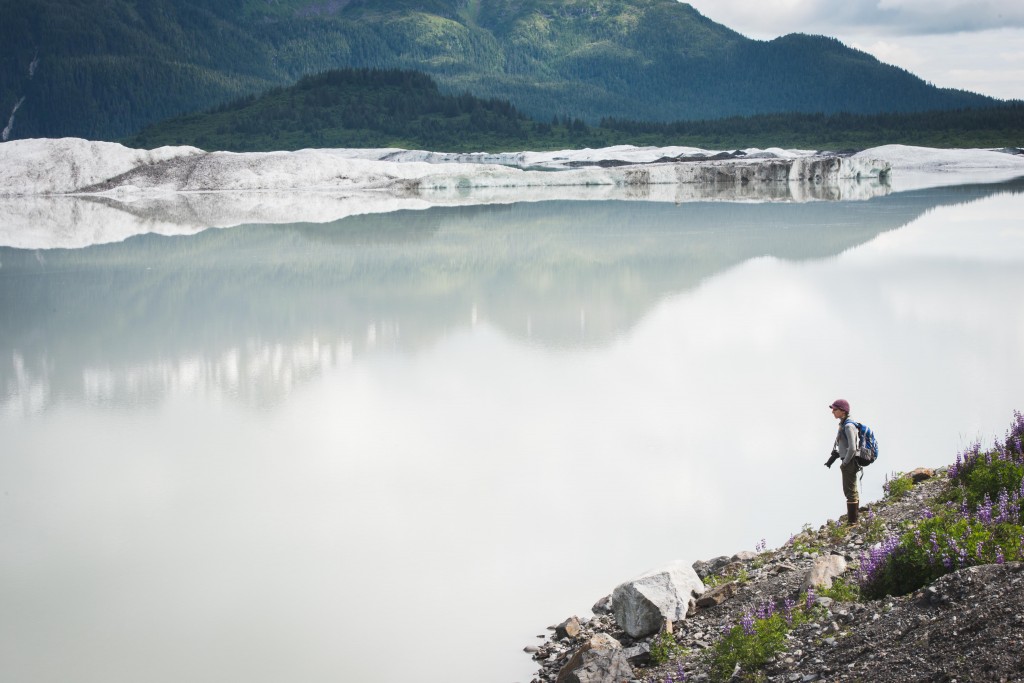
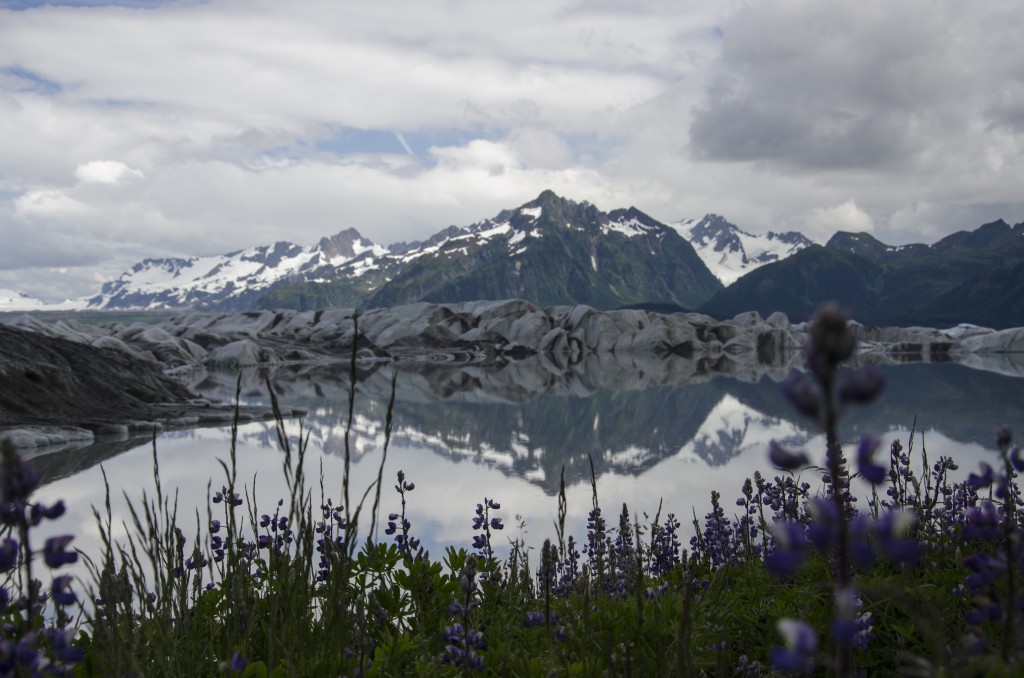
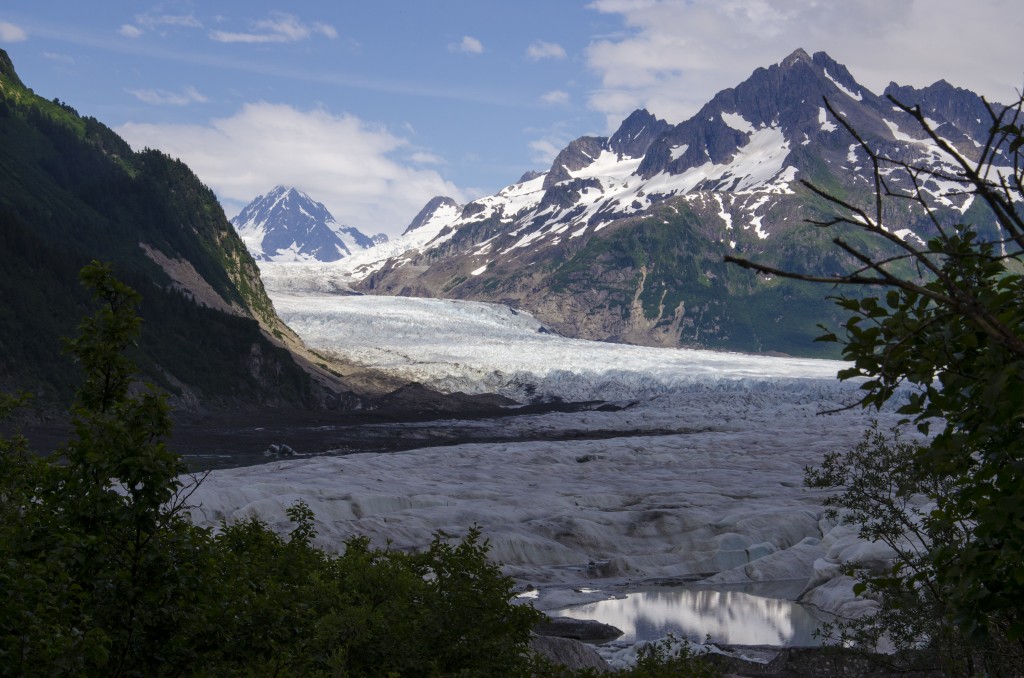
This was wonderful to read, Andrea! Can’t wait to watch your documentary.
benefits and details you give in this article are really nice and helpful, we thank you all.
Loved the involvement of tribal people in the fish tagging program. Inspiring stuff!